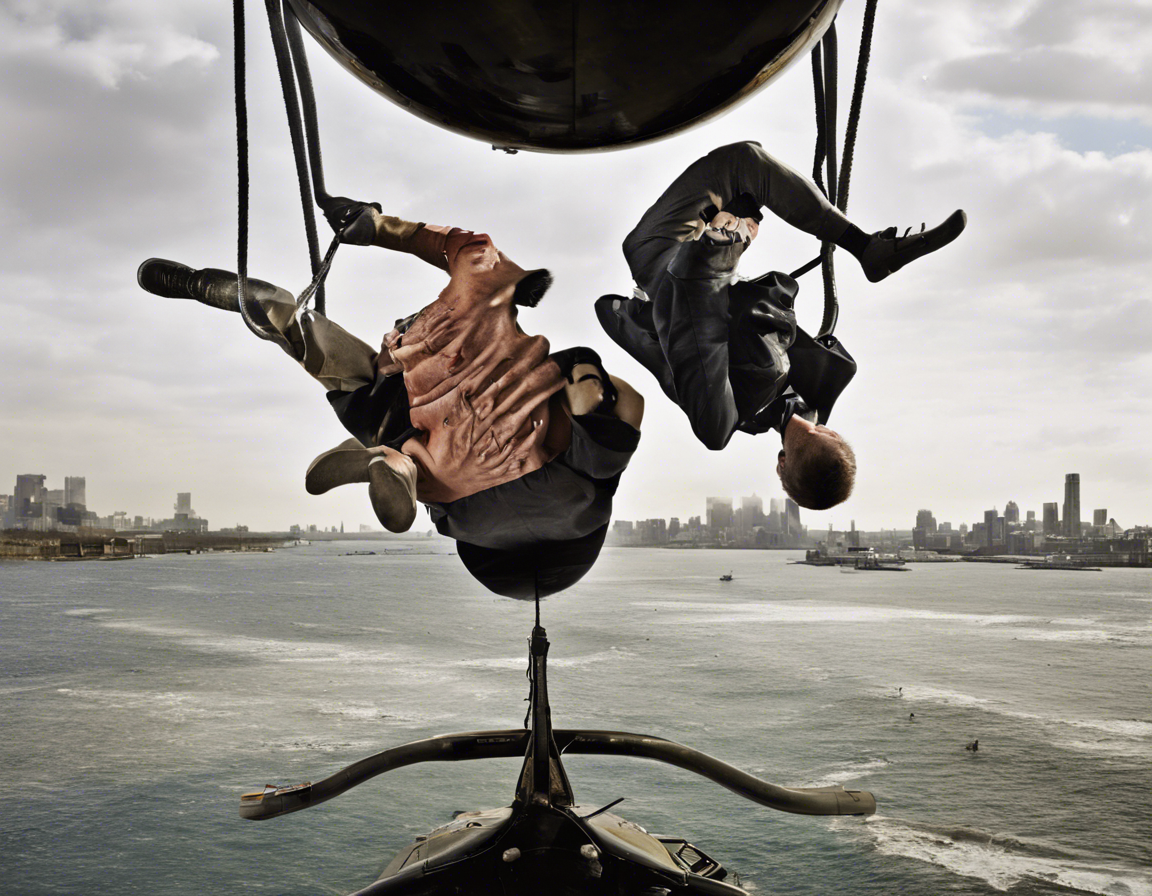Introduction:
In the age of social media and digital photography, it’s easy to overlook the power of traditional print media. One such medium that continues to captivate audiences with its unique visual storytelling is the Sunday Times magazine’s signature “upside-down” photos. This unconventional and artistic approach has garnered attention and sparked curiosity among readers for decades.
The Evolution of Upside-Down Photos:
The Sunday Times’ fascination with upside-down photography dates back to the 1960s when renowned photographer Don McCullin experimented with the technique. McCullin’s innovative use of inverted images challenged traditional norms and invited readers to engage with the photographs in a new light. Since then, the Sunday Times has continued to feature upside-down photos in its magazine, creating a signature style that sets it apart from other publications.
Why Upside-Down?
The decision to feature photos upside-down may seem arbitrary at first glance, but the impact of this choice is profound. By flipping the images, the Sunday Times invites readers to pause, reflect, and see the world from a different perspective. This fresh approach not only grabs attention but also encourages viewers to question their assumptions and preconceptions about the subjects captured in the photographs.
Benefits of Upside-Down Photography:
1. Visual Engagement: Upside-down photos disrupt the typical viewing experience, prompting viewers to linger longer on the image and explore its nuances.
2. Artistic Expression: This unconventional technique allows photographers to convey emotions, themes, and narratives in a distinctive and memorable way.
3. Symbolism: Inverting images can symbolize a departure from the norm, a shift in perspective, or a desire to challenge conventions.
4. Memorability: Upside-down photos are more likely to stick in the viewer’s memory due to their unique and attention-grabbing nature.
Challenges and Criticisms:
While upside-down photography offers many advantages, it also comes with its challenges and criticisms. Some viewers may find the orientation confusing or off-putting, detracting from their enjoyment of the images. Additionally, not all photographs are suitable for inversion, as some compositions may lose their impact or coherence when flipped.
Making Waves in the Digital Age:
In an era dominated by digital media, the Sunday Times’ commitment to upside-down photography is a testament to the enduring power of print journalism. By embracing this unconventional approach, the magazine reaffirms its status as a pioneer in visual storytelling and a champion of artistic innovation.
FAQs:
1. Why does the Sunday Times feature upside-down photos?
The Sunday Times uses upside-down photography to challenge traditional norms, engage readers, and encourage a fresh perspective on visual storytelling.
-
How do upside-down photos impact viewer engagement?
Upside-down photos prompt viewers to pause, reflect, and explore the images in a new light, enhancing their visual engagement and overall experience. -
Are all photographs suitable for inversion?
Not all photographs are well-suited for inversion, as some compositions may lose their impact or coherence when flipped. -
What is the history of upside-down photography in the Sunday Times?
The Sunday Times’ fascination with upside-down photography dates back to the 1960s when photographer Don McCullin first experimented with the technique. -
What are the benefits of upside-down photography?
Upside-down photography offers visual engagement, artistic expression, symbolism, and memorability, making it a unique and impactful storytelling tool.
In conclusion, the Sunday Times’ upside-down photos represent a bold and innovative approach to visual storytelling that continues to captivate and inspire audiences. By challenging conventions and inviting viewers to see the world from a new perspective, these inverted images leave a lasting impression and showcase the power of creativity in journalism.
